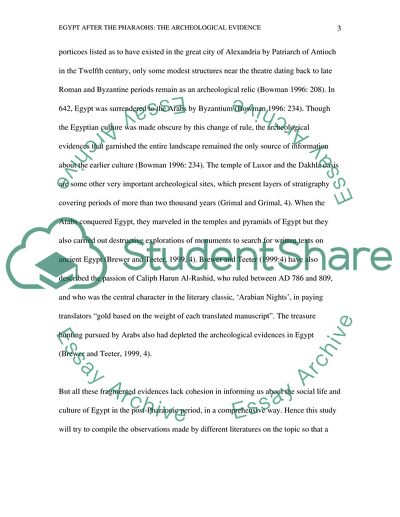Cite this document
(Egypt after the Pharaohs: The Archaeological Evidence Research Paper, n.d.)
Egypt after the Pharaohs: The Archaeological Evidence Research Paper. Retrieved from https://studentshare.org/history/1566677-egypt-after-the-pharaohs-the-archaeological-evidence
Egypt after the Pharaohs: The Archaeological Evidence Research Paper. Retrieved from https://studentshare.org/history/1566677-egypt-after-the-pharaohs-the-archaeological-evidence
(Egypt After the Pharaohs: The Archaeological Evidence Research Paper)
Egypt After the Pharaohs: The Archaeological Evidence Research Paper. https://studentshare.org/history/1566677-egypt-after-the-pharaohs-the-archaeological-evidence.
Egypt After the Pharaohs: The Archaeological Evidence Research Paper. https://studentshare.org/history/1566677-egypt-after-the-pharaohs-the-archaeological-evidence.
“Egypt After the Pharaohs: The Archaeological Evidence Research Paper”. https://studentshare.org/history/1566677-egypt-after-the-pharaohs-the-archaeological-evidence.


